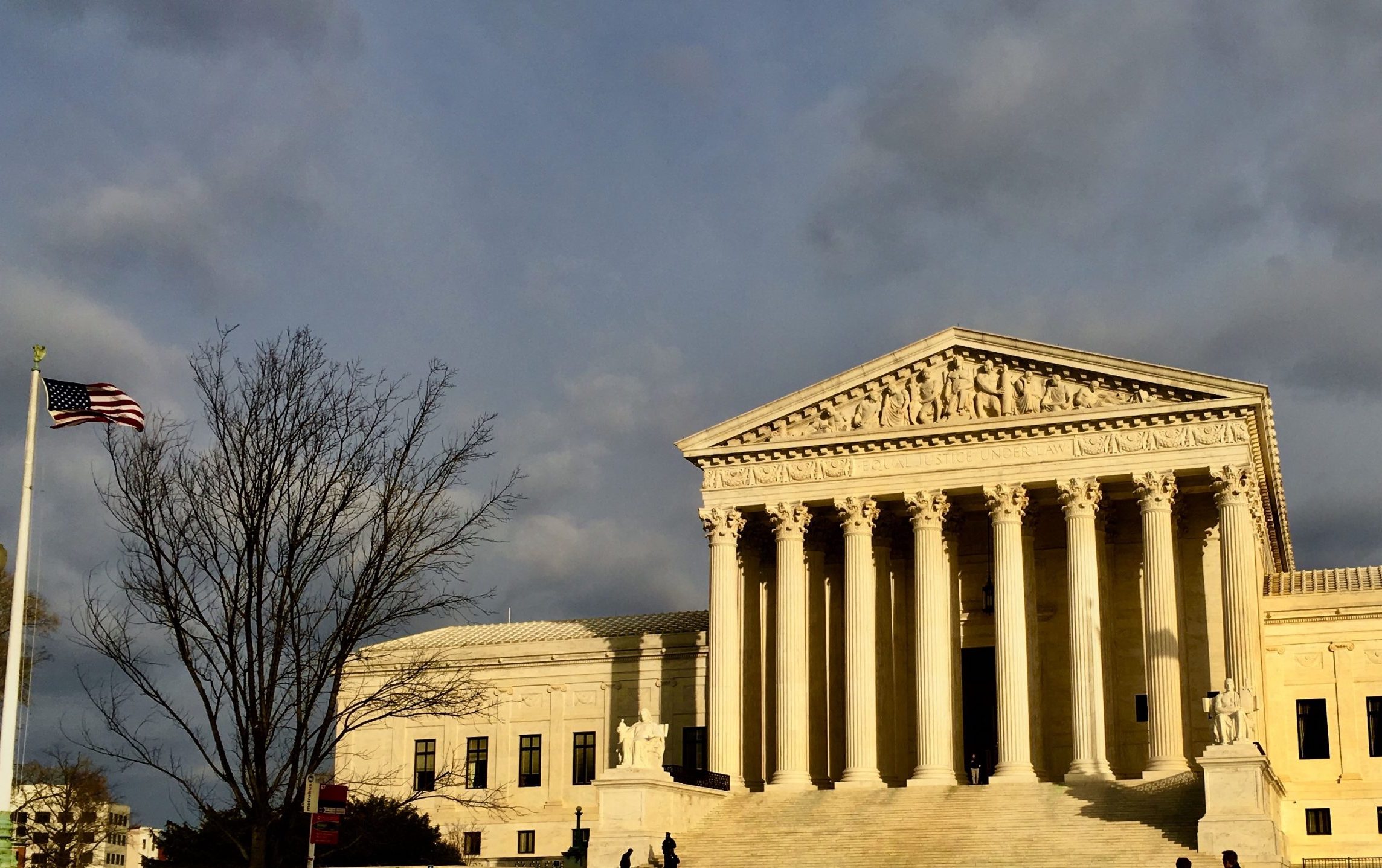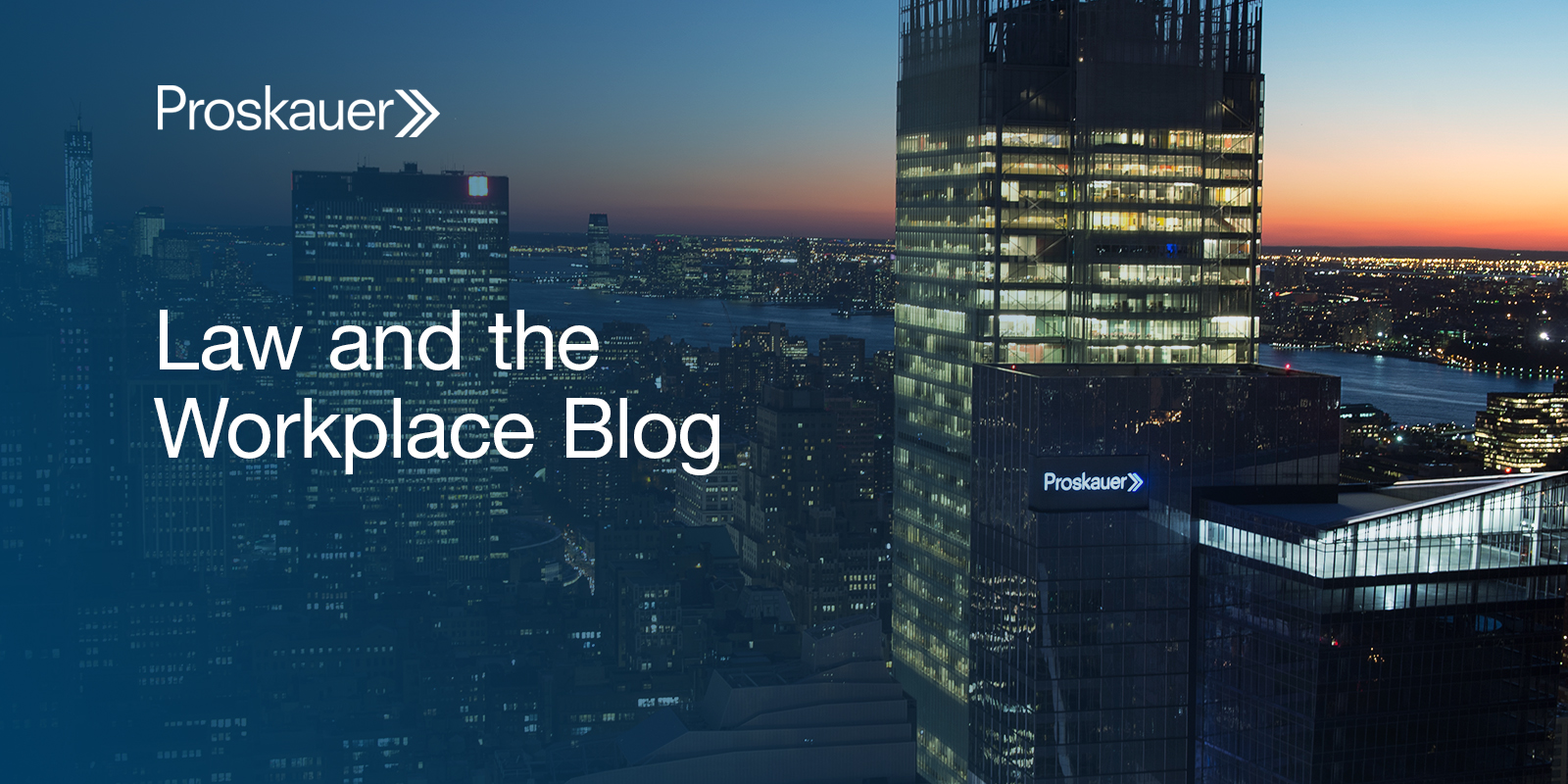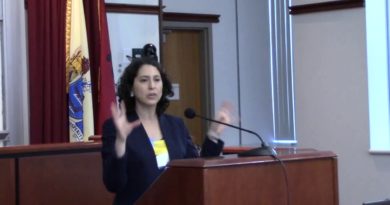New York Governor’s Proposed FY25 Budget Includes Measure to Eliminate Liquidated Damages for Pay Frequency Violations
On January 17, 2024, New York Governor Kathy Hochul released her proposed Executive Budget for fiscal year 2025. The budget includes proposed legislation that would amend the New York Labor Law to confirm that liquidated damages are not available as a remedy for a violation of Labor Law § 191(1)(a)(1), which requires—absent a waiver from the Commissioner of Labor—that for-profit employers pay “manual workers” on a weekly basis.
The proposed bill is in response to the Appellate Division, First Department’s 2019 decision in Vega v CM & Assoc. Constr. Mgt., LLC, which—for the first time in the 130-year history of New York’s weekly pay law—determined that a private right of action exists for a violation of the law and permitted plaintiffs to seek liquidated damages equal to the amount of the late-paid wages. On January 17, 2024, the Appellate Division, Second Department—another branch of the State’s intermediate appellate court—held just the opposite, concluding that no such private remedy exists under the plain language and legislative history of the Labor Law. The split in appellate authority would have to be resolved by the Legislature or the State’s highest court, the Court of Appeals.
The State Budget Process
Under New York’s annual budget process, the Governor is responsible for proposing a comprehensive budget proposal, which the Legislature reviews, can modify, and enacts into law. The proposed “executive budget” includes appropriation bills and other legislation required to carry out budgetary recommendations for the coming fiscal year. The State’s fiscal year runs from April 1 through March 31.
Weekly Pay for Manual Workers
Labor Law § 191(1)(a) states that, absent authorization from the Commissioner of Labor to pay less frequently, an employer must pay a “manual worker” weekly and not later than seven calendar days after the end of the week in which the wages are earned. For more than a century after the New York Legislature first passed the weekly pay law, the enforcement mechanism for a violation was a civil penalty to be recovered by the Commissioner of Labor. In Vega, the First Department held that an implied right of action existed in the law, permitting manual workers to recover liquidated damages equal to the amount of any late-paid wages under Labor Law § 198(1-a). In Grant, the Second Department held that no such cause of action exists. See our blog on both decisions here.
Remedies for Wage Payment Violations
Labor Law § 198(1-a) states that “[i]n any action instituted in the courts upon a wage claim by an employee or the commissioner in which the employee prevails, the court shall allow such employee to recover the full amount of any underpayment, all reasonable attorney’s fees, [and] prejudgment interest,” together with “an additional amount as liquidated damages equal to [100%] of the total amount of the wages found to be due.” In Grant, the Appellate Division held that there is no “underpayment” or “wages … due” when an employer pays an employee a week late (but still pays the employee in full), and therefore no basis for a court to award liquidated damages or other relief under § 198. The Governor’s proposed bill would codify that holding in the statute itself, adding the following language to § 198(1-a):
[L]iquidated damages shall not be applicable to violations of [§ 191(1)(a)] where the employee was paid in accordance with the agreed terms of employment, but not less frequently than semi-monthly.
The Governor’s memorandum in support of the bill notes the dangers (and irrationality) of allowing late-paid employees to recover liquidated damages:
[Under Vega,] plaintiffs who seek judicial relief after being paid on a bi-weekly schedule, instead of a weekly schedule, could be entitled to liquidated damages equal to six years of their wages, even if they were being paid all of their earned wages on a regular, but technically untimely, schedule…. Lawsuits of this kind are increasing in frequency against large and small businesses and resulting in large payouts for workers and plaintiffs’ attorneys, causing some employers serious financial harm. This bill would clarify that, the Labor Law does not entitle a plaintiff to 100 percent liquidated damages if they were paid at least semi-monthly.
What’s Next?
There’s no certainty that the proposed budget—or any of the Governor’s proposed legislation in the budget—will be approved by the Legislature in the form presented. That said, the bill to eliminate liquidated damages for pay frequency violations is indicative of the Governor’s policy position on the issue, which is welcome news for the many statewide employers that have been targeted with pay frequency class actions in the years following Vega.
If the bill passes as drafted, expect litigation over whether or not it is retroactive in application. The bill states that it “shall take effect on the sixtieth day after it shall have become a law.” That said, there are strong arguments for retroactive application. The Governor’s memorandum in support makes clear that the bill is in response to Vega, and notes that the bill would “clarify” that the Labor Law does not allow recovery of liquidated damages when employees have been paid in full. The courts have held that such “remedial legislation”—designed to correct imperfections in prior law—should be given retroactive effect in order to effectuate their beneficial purpose. The bill was clearly designed to rewrite what the Governor perceives as an unintended judicial interpretation of the Labor Law in Vega. Employers will be paying close attention to how the new law, if it passes with the budget, plays out in new and pending lawsuits.
Proskauer’s Wage and Hour Group is comprised of seasoned litigators who regularly advise the world’s leading companies to help them avoid, minimize, and manage exposure to wage and hour-related risk. Subscribe to our wage and hour blog to stay current on the latest developments.






